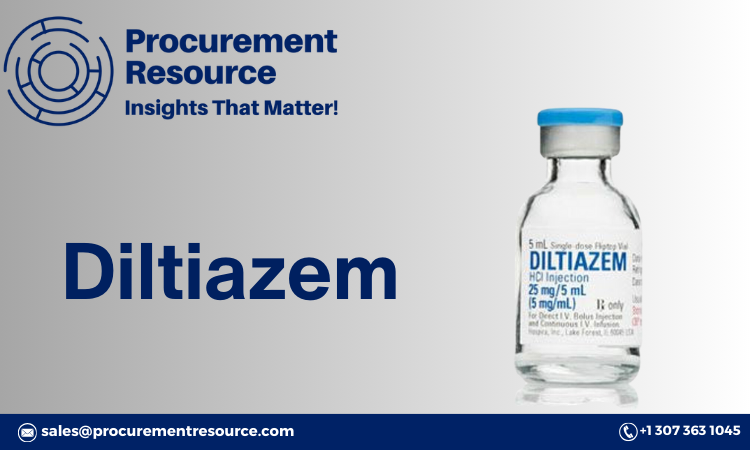Extensive Butyl Propionate Production Cost: Supply Chain, Lifecycle Cost Analysis, Global and Regional Outlook

In the highly competitive chemical manufacturing industry, understanding the cost structure of key products is essential for maintaining profitability. Butyl Propionate Production Cost , a versatile solvent widely used in coatings, paints, adhesives, cleaning agents, and fragrances, is one such product whose production costs are influenced by a variety of factors. As a significant player in multiple industries, the demand for Butyl Propionate continues to grow, but managing its production costs remains crucial for companies aiming to stay competitive and maximise their margins. At Procurement Resource , we provide detailed and up-to-date reports on Butyl Propionate production costs, offering manufacturers critical insights that help them make informed decisions regarding procurement, pricing, and production strategies. In this article, we break down the main factors that contribute to the cost of producing Butyl Propionate, including raw material prices, energy consumption, ...





